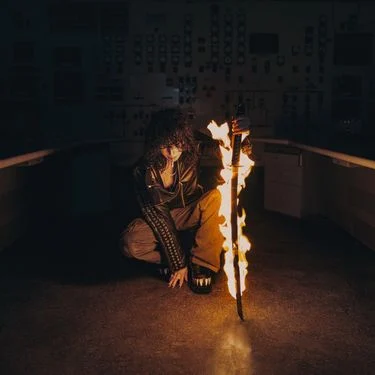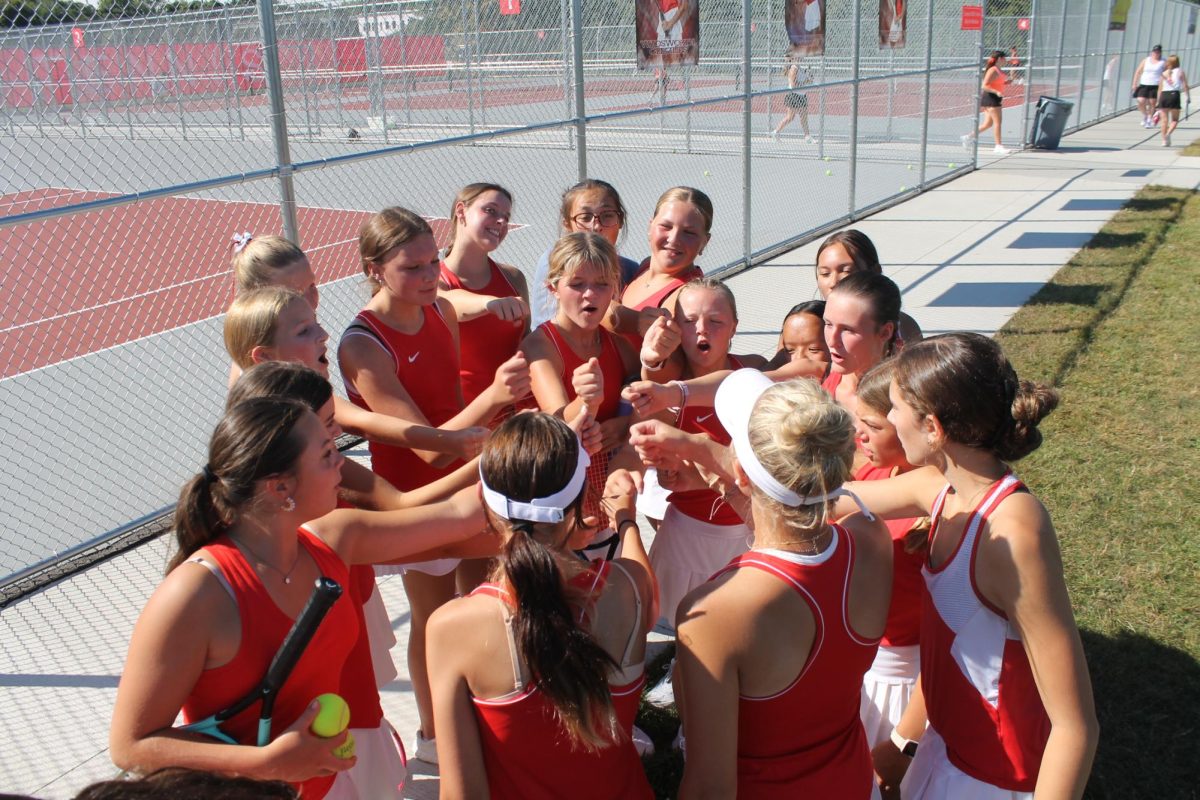Throughout high school sports history, there has been a long-standing rivalry between parochial schools and public schools. Parochial schools and public schools should not be allowed to compete against each other during the OHSAA tournament.
“Ohio is not alone on this issue. Virtually every state athletic association struggles with the perceived public – non-public issue as it relates to the structure of their tournaments and/or the issue of illegal recruiting,” said Doug Ute, the OHSAA executive director.
There was a point where many public schools in the state tried to push to have a statewide vote on the issue but this was quickly turned down by the Ohio government. Therefore the OHSAA came up with competitive balance, a system where out of distinct students increase the headcount for the school, in an effort to try to balance out the schools. The issue with this is once the school’s competitive balance gets to a certain point where they are placed into Division I, there is nowhere else for them to go. Large public schools are then forced to compete with these parochial schools.
“All competitive balance does is push the issue to a high division, it just keeps the government out of the OHSAA and really doesn’t solve any problems for us bigger public schools,” said Wadsworth High School Athletic Director Brad Musgrave.
The separation of the two entities is a long-running debate in many states. States like Texas and Maryland have two separate divisions for their public and parochial schools. In other states though, it is a frequent discussion and a recurring conflict of interest.
“There are lots of reasons why separation would not be a good thing, but one primary reason is that the ‘wow factor’ of winning an OHSAA state championship would be lost,” Ute said.
The state championships start to slowly lose their “wow factor” due to the fact that the championship is solely composed of parochial schools and one public school here and there.
For example, this year was the first year since 2016 that a public school has won a Division I volleyball state championship. From the years of 2022 to 2017 it was the same parochial schools winning Division I.
In addition, many schools are also losing players to the issue of recruiting because of the fact that girls and boys want to be seen playing on a state championship team. This opens up more opportunities for the athlete to get seen by college coaches. If there were separate tournaments though, athletes would not have to worry about this because competing at a public school would still offer them a chance to be seen competing at the state level.
“Social media has made it difficult to slow down illegal recruiting, and student movement is often more about parents’ ‘school shopping’ (unhappy with playing time; unhappy with coach’s philosophy; belief that going to a more successful program will result in a scholarship) than initiated by an individual(s) associated with the school,” Ute said.
Parochial and public schools should be in separate athletic conferences to equal the opportunity for schools to have fair competition for a state championship.








































Allen Teague • Dec 13, 2023 at 10:41 pm
This has been an issue since playoffs have been conceived. It is not a level playing field for public schools and the disparity in state titles has proven it time and time again. No mathematical formulas or division equations are goi g to change the fact that private schools can resource a large area to find athletes to be consistently higher in athletic talent then schools who are limited by community boundaries. There would be no less excitement and pride in winning a state championship against a team that has the same talent pool limitations as its opponents. The number of boys used in division selection is not a fair comparison in private schools. If this long standing inequality is not corrected I feel a second state athletic association is needed to provide an alternative to public schools.